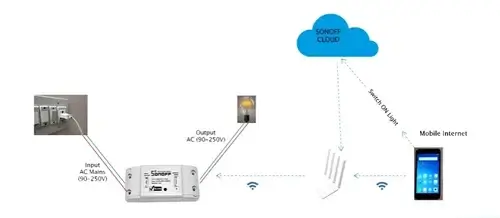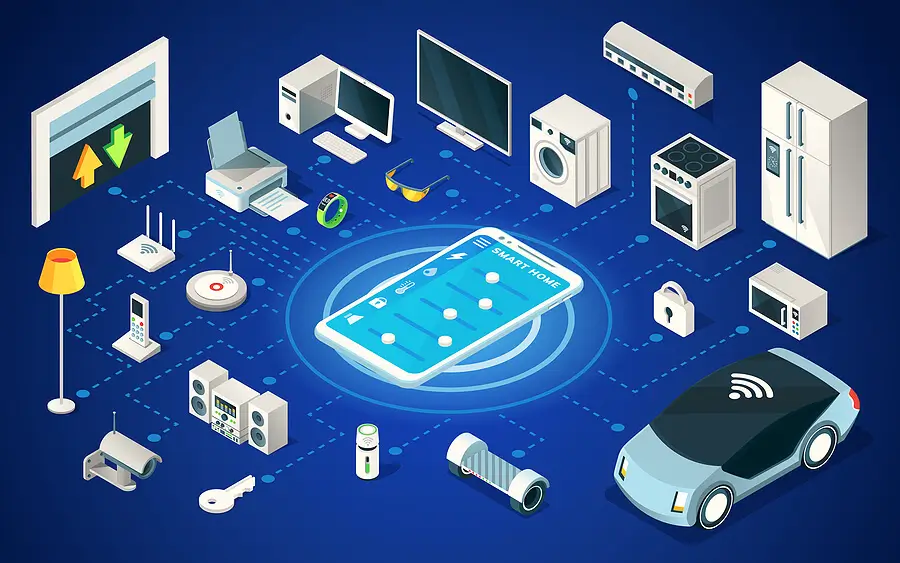Introduction
Imagine a world where your clothes can monitor your heart rate, glow in the dark for safety, or even work as touch-based controls — all without needing batteries. Welcome to the future of Ambient IoT and Battery-Free Smart Textiles.
In 2025, the world of IoT is rapidly evolving. While we've seen smart homes and wearables go mainstream, the next wave is quietly emerging through fabric-based sensors and self-powered ambient devices. These technologies not only reduce our dependence on batteries but also pave the way for affordable, sustainable, and visually stunning innovations.
This blog explores how Ambient IoT and Smart Textiles are merging to create the next viral trend — and how you can be a part of it.
What is Ambient IoT?
Ambient IoT is the concept of embedding ultra-low-power or battery-free sensors and communication devices into everyday objects — from product packaging to clothing — that can harvest ambient energy and transmit data passively.
Organizations like 3GPP and Bluetooth SIG estimate that over a trillion ambient IoT devices will be deployed in the coming decade. These devices are designed to blend into the environment, operating with minimal energy and often powered by radio frequency (RF), solar, or kinetic energy.
Applications of Ambient IoT include:
- Real-time supply chain tracking (smart labels)
- Automated inventory management
- Smart retail shelves
- Embedded health trackers in fabrics and patches
But now, it's extending into wearable and touch-interactive textiles — and this is where things get really exciting.
Battery-Free Smart Textiles: A Game-Changer
Smart textiles or e-textiles are fabrics embedded with sensors, actuators, or conductive elements that allow them to sense, react, or even communicate. But until recently, most smart fabrics needed bulky batteries or external power — limiting their comfort and use.
In 2025, researchers and startups have made battery-free smart textiles a reality. These fabrics:
- Generate their own power using solar, triboelectric (friction), or body heat energy.
- Use conductive fibers that can sense touch, motion, and light.
- Can glow, change color, or send signals without external batteries.
A breakthrough study featured in The Guardian showed how woven light-emitting fibers could act as displays — forming textile-based keyboards, carpets, or even health-monitoring wearables.
Because they are washable, flexible, and chip-free, these fabrics are ready to go mainstream. This combination of low-cost, passive sensors and ambient power makes them perfect for everything from fashion to safety applications.
3 Real-World Projects You Can Build
Haptic Safety Carpet
Build a smart carpet using conductive threads that light up or vibrate when someone walks over it. Great for elder care, night navigation, or security alerts.
How it works:
- Pressure triggers a piezo sensor.
- Energy harvested via footfall or surrounding RF signals.
- Sends signal to LED fibers or remote alerts.
Smart Clothing for Healthcare
Create a smart shirt that monitors heart rate or temperature using ambient-powered conductive ink and threads. These can glow or pulse if abnormal signals are detected.
Use:
- EKG/ECG printed circuits
- Ambient power via thermal gradient
- Bluetooth Low Energy (BLE) for passive data sync
Gamer's Fabric Keyboard
A touch-sensitive textile keyboard sewn into a hoodie or desk mat — ideal for gaming or custom control. Think of it as a flexible, portable, power-free controller.
Use:
- Capacitive threads + ambient RF charging
- Touch input mapped to microcontroller (like ESP32)
- Lightweight BLE signal transfer
These are DIY-friendly, scalable, and great for content creation (YouTube/TikTok demos = instant traction!).
How to Get Started with Ambient IoT & Smart Textiles
Here's how you can prototype your own ambient IoT-enabled fabric product:
Step 1: Choose Conductive Material
- Conductive thread (silver or copper coated nylon)
- Conductive fabric or printable ink
Step 2: Pattern the Design
- Use embroidery or stencil-based circuit layout
- Plan input (touch/pressure) and output (light/vibration)
Step 3: Integrate Power & Communication
- Use flexible solar, RF energy harvester, or thermoelectric generator
- Microcontroller: ESP32, Arduino Nano 33 IoT, or nRF BLE chip
Step 4: Calibrate & Test
- Ensure consistency in signal
- Add insulation layers where needed
- Wash test + bend test for durability
This process is ideal for students, startups, and makers alike. And it's perfect for tech fairs, science exhibitions, and crowdfunding demos.
Conclusion
In 2025, the fusion of Ambient IoT and Battery-Free Smart Textiles represents one of the most exciting frontiers in the Internet of Things. These technologies blend fashion, sustainability, and advanced sensing into beautiful, functional innovations that don't need batteries or traditional power sources.
Whether you're a student building your first wearable, or a startup exploring the future of tech-integrated fashion, now is the perfect time to experiment with this revolutionary trend.




